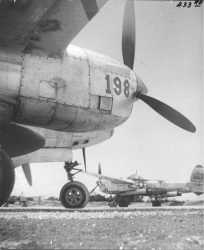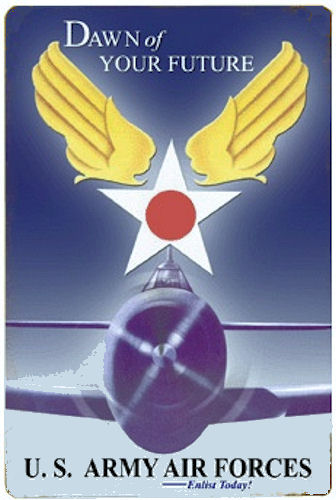GrauGeist
Generalfeldmarschall zur Luftschiff Abteilung
Unfortunately the German flak crews didn't get the memo before Operation Bodenplatte.In 1945, the Germans told their Flak gunners, "If they're silver, they're American, if they are green, they're British, and if they're invisible, they're ours."



